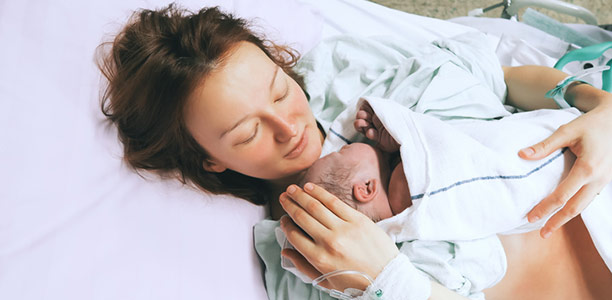Women carrying the sexually transmitted HPV infection prior to two years of giving birth are 50% more likely to have a tiny baby, new research shows.
A study led by the University of South Australia analysing Pap smear records of almost 32,000 women, shows a strong link between pre-cancerous cells caused by the virus, and growth restricted babies.
In a paper published today in the Journal of Maternal-Fetal & Neonatal Medicine, lead author Dr Judy Ford says severely underweight babies not only have high rates of mortality but often experience learning and behavioural problems later in life. They are also more likely to age prematurely and develop diabetes as an adult.
Dr Ford, from UniSA’s Teaching Innovation Unit, said the analysis showed that women who tested positive for HPV had a 20% higher risk of having a smaller baby than women with negative smears. This risk increased to 50% for seriously underweight babies (less than 1500 grams).
“The Human Papillomavirus (HPV) causes cervical cancer, which affects about 900* women in Australia each year, accounting for approximately 1.2% of all cancers diagnosed in women,” Dr Ford says.
“The next step is to link the Pap smear records to hospital records to see how these tiny babies fare during their childhood. It is possible that HPV invades the placenta very early in pregnancy and it may compromise embryos from the outset.
“The findings show how important it is for teenagers (both sexes) to take advantage of the HPV vaccination,” Dr Ford says. “Regular Pap smears are also important and while many women find them uncomfortable, we will soon be able to use a DNA test to detect the HPV virus. This can be done with a simple swab.”
(Source: University of South Australia, Journal of Maternal-Fetal & Neonatal Medicine)










